Tour a Minnesota recycling facility
Project Optimist visited the Otter Tail County Recycling Center on Oct. 1 to see how recyclable materials are sorted and to learn more about the process.
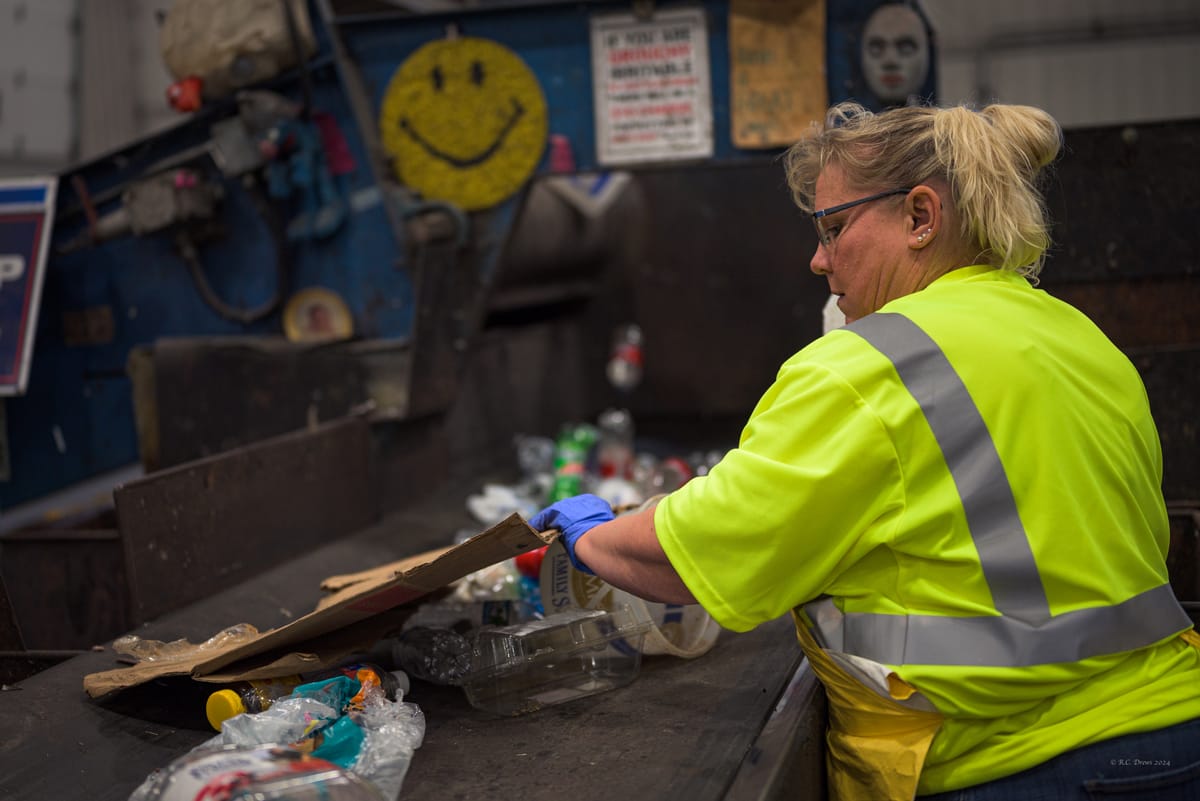
FERGUS FALLS, Minn. — An aluminum can’s journey from a recycling bin in Otter Tail County back to the grocery store shelf starts at the recycling center.
Located at 1115 N. Tower Road in Fergus Falls, the Otter Tail County Recycling Center serves residents of Otter Tail County and employs 15 people.
Minnesota generated 6.1 million tons of municipal solid waste in 2022, the latest year data was available through the Minnesota Pollution Control Agency. Of that, 45.2% was recycled or organic material, the highest in more than 30 years, the MPCA said.
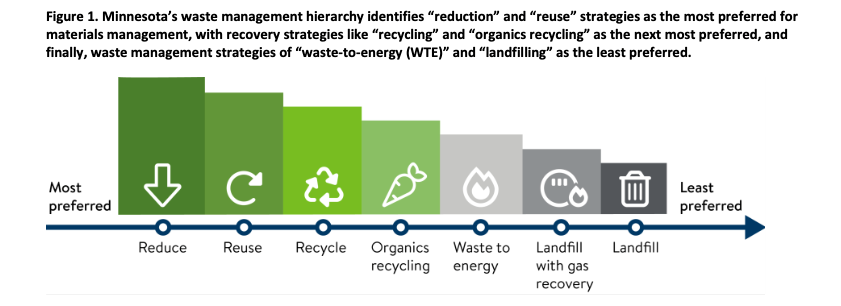
Otter Tail County residents can drop off recyclables at the facility or at one of 29 transfer stations in the county, said Clancy Oliphant, public information and education officer for Otter Tail County Solid Waste.
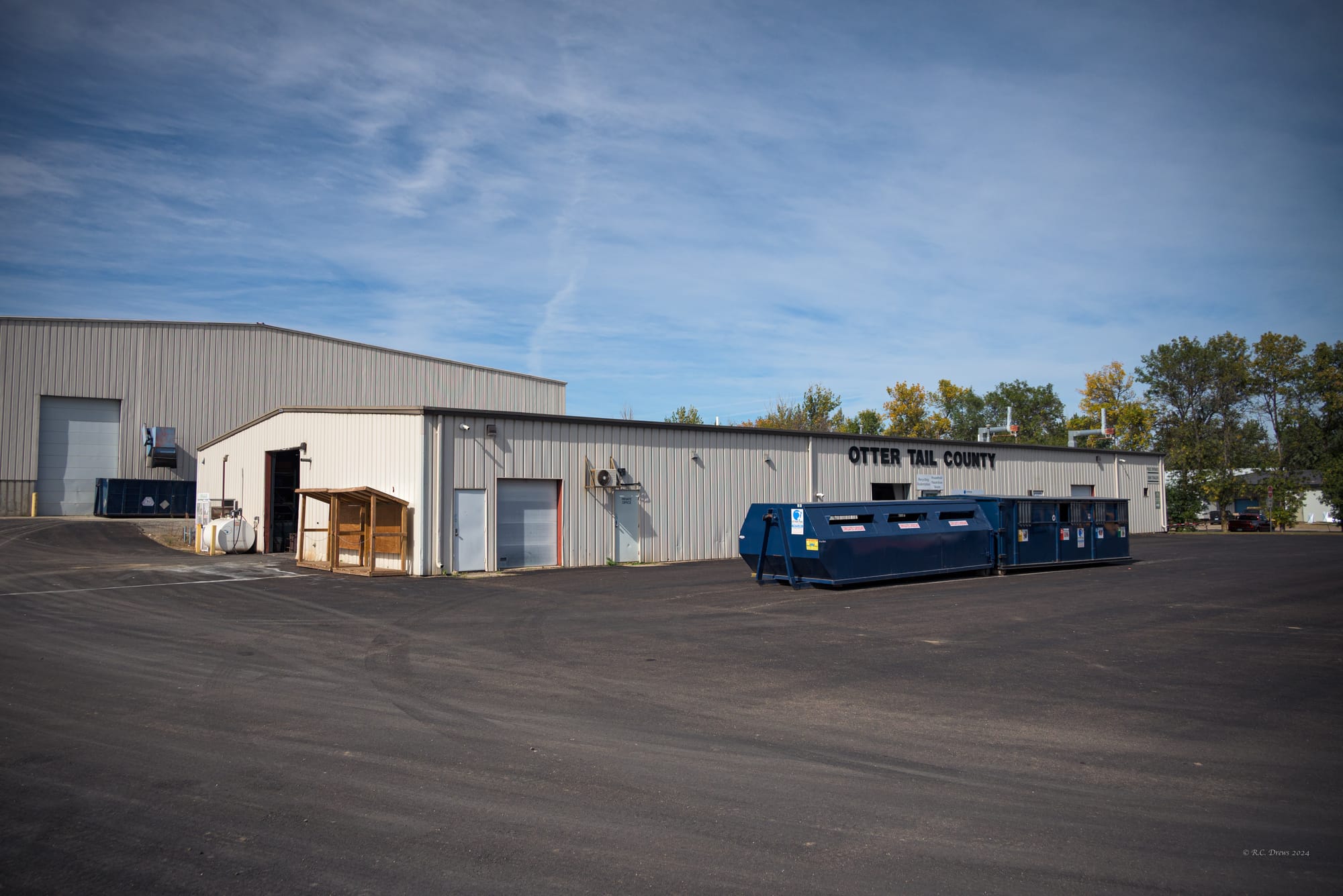
Fergus Falls and Perham residents are an exception in the county and get single-sort curbside pickup at their homes. Those items are sent to Dem-Con’s Materials Recovery Facility, a single stream operation in Shakopee, Oliphant said.
It’s when people can throw all recyclables into the same container, and the materials are sorted at a recycling facility.
Project Optimist visited Otter Tail County in October to see what happens after recyclables are dropped off.
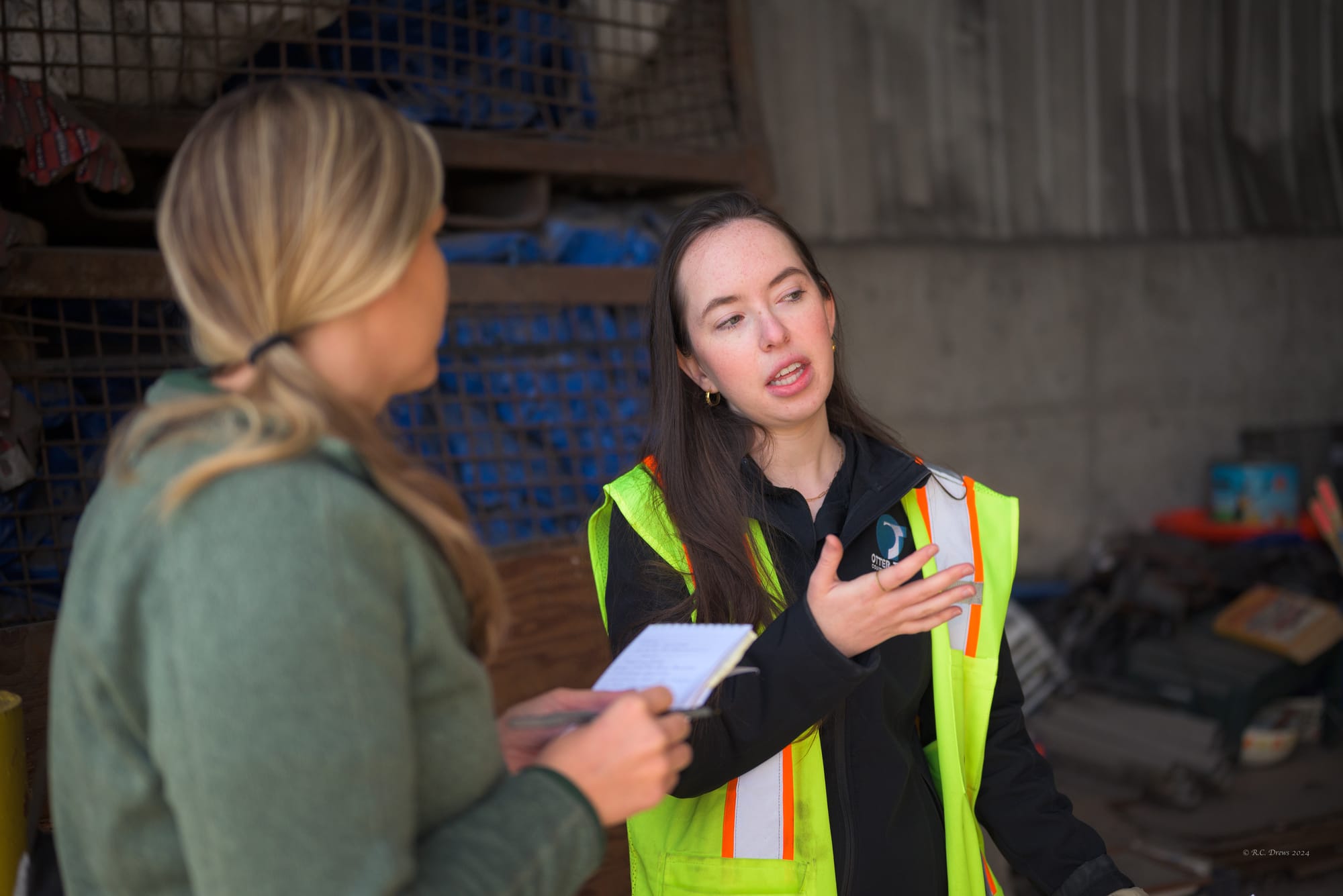
Tipping Floor
Trucks haul recycling containers to a large building on the south side of the property. They dump the containers onto the aptly-named Tipping Floor, Oliphant said.
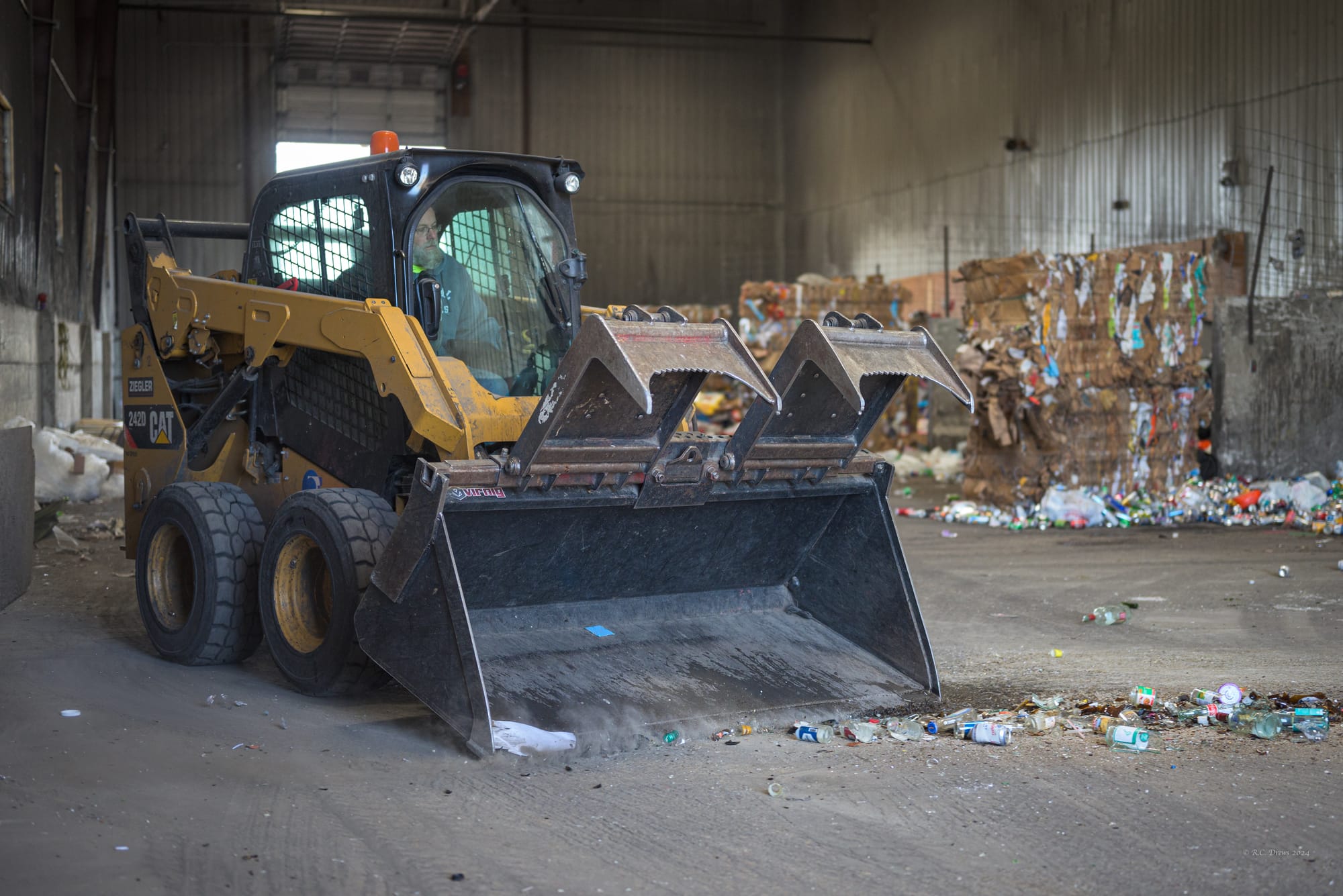
Then a worker uses a skid steer to push the materials into designated bunkers: One for single-sort materials, one for glass, one for plastic, one for paper, and one for cardboard.
The bunkers empty onto a conveyor belt in the next room, called the Processing Floor, where workers stand along the belt and sort the materials as they flow past.
Glass and aluminum are endlessly recyclable. They can be melted down and reused over and over.
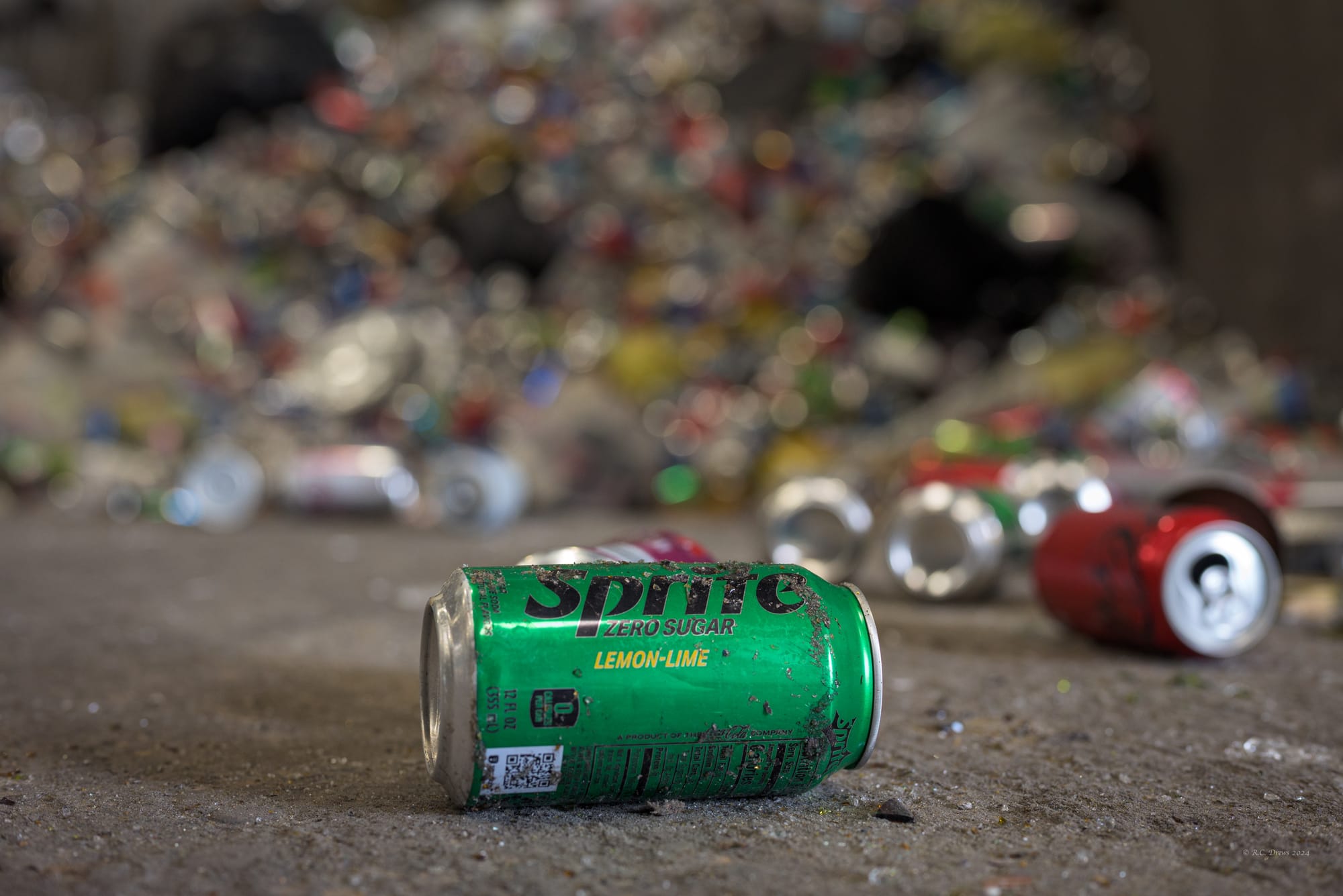
People sometimes put things in receptacles that can’t be recycled at all, or that can’t be recycled at the facility. Electronics, for example, get set aside at the Otter Tail County Recycling Center because the facility doesn't accept them. Appliances and types of metal get stacked on the side of the Tipping Floor and taken to the correct place, Oliphant said.
Officials call it “wishcycling” when people throw items into the recycling that aren’t recyclable.
“Just because we want to recycle it, doesn’t mean it’s actually recyclable,” Oliphant said. “That’s a big problem. We ask people to do their research and figure out if what they have is recyclable or not because if it’s not, it will end up in the trash either way.”
Processing Floor
The workers are responsible for fixing residents’ mistakes, Oliphant said, like emptying bags of recyclables. Plastic bags can damage the facility’s machinery, so they prefer people avoid bagging their recycling.
However, Oliphant said officials want to recycle what’s in the bags. The solution?
“They rip open the bags because we want the recyclables in them,” she said.
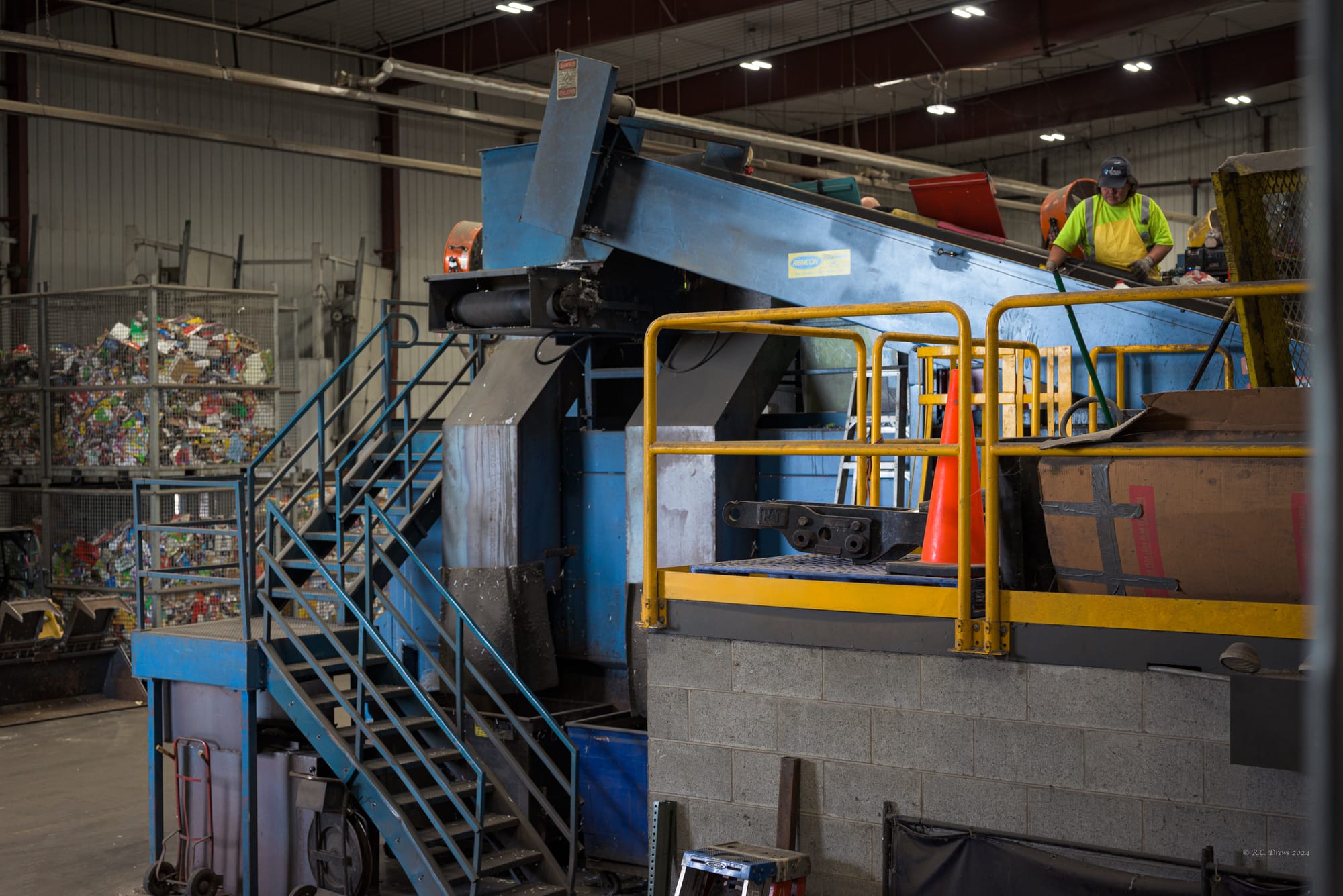
The workers process one material at a time, Oliphant said. So one day they may sort aluminum, glass the next day, plastic the following, and so on. The team has to manually sift through the facility’s single-sort bunker, since they don’t have robotic equipment that can do it for them, Oliphant said.
On the day Project Optimist visited, staff on the conveyor belt sorted plastics. The facility accepts plastics with Nos. 1, 2, and 5. The staff stand on each side of the belt pushing the recyclable material to one side and dumping other materials into chutes along the belt. The chutes lead to bins underneath. So if paper gets mixed with plastics, someone removes paper from the line and throws it down a chute.
The numbers on a plastic container indicate what type of plastic an item is made of, according to Otter Tail County’s recycling education materials. Check with your local recycling facility to see what numbers it accepts.
Bales stacked high
After workers sort the material, it continues its journey down the conveyor belt. It lands in a baler, where it’s compressed and baled into giant cubes bound with metal wire.
Then, a staffer uses a forklift to stack the bales along the facility’s north and east walls by product, so all the bales of aluminum cans are in one area, and so on.
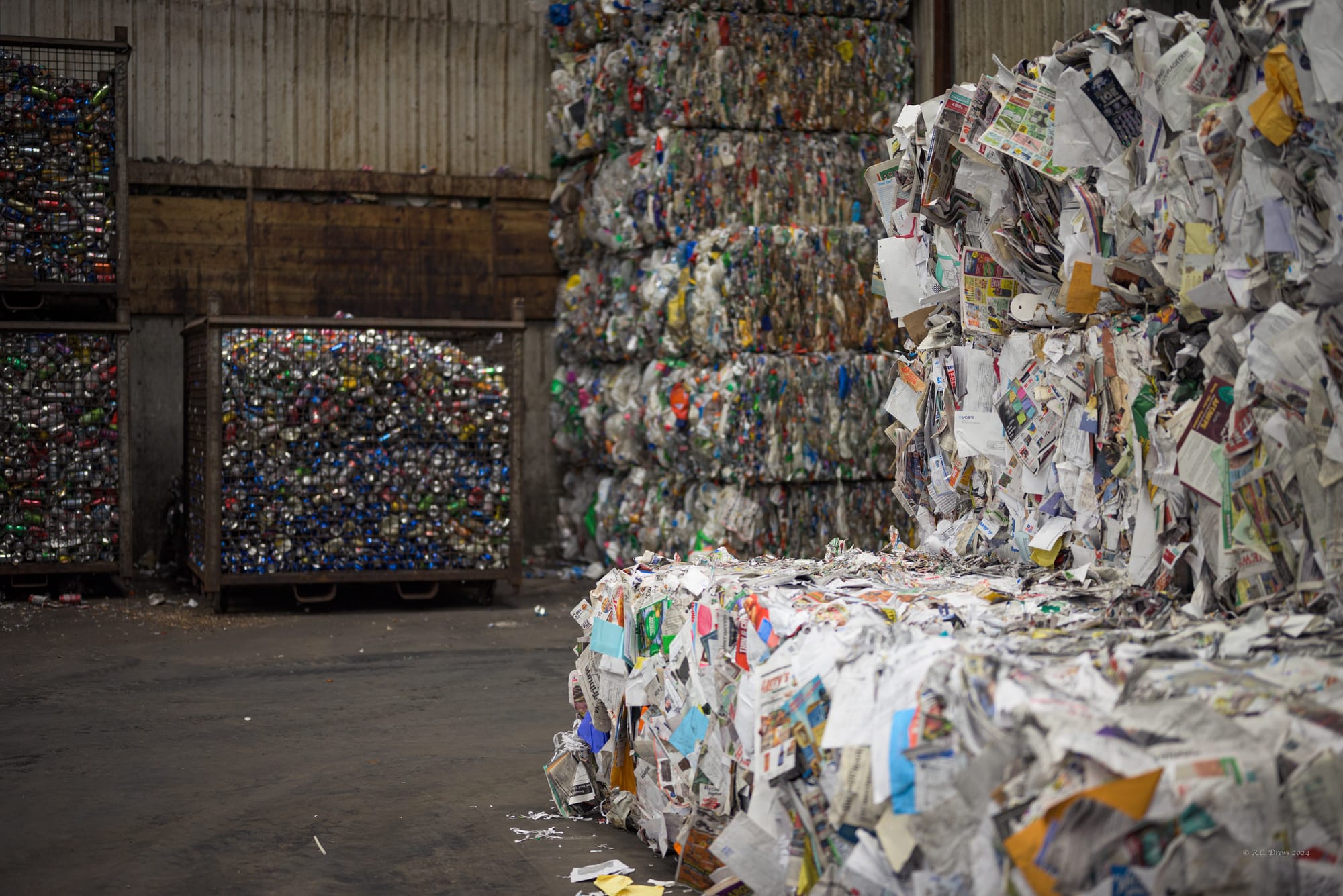
Cardboard is the only material that doesn’t go through the facility’s sort line, Oliphant said. It gets baled right away.
End market
Each product has its own market. Aluminum cans go to a facility in Kentucky. Tin cans and glass head to the Twin Cities. Paper is sent to a paper mill in Wisconsin. Cardboard goes to St. Cloud. Plastics are shipped to southern Minnesota or Iowa, depending on how much Otter Tail County has, Oliphant said.
Common recycling myths
One misconception Oliphant would like to disappear is the belief that items sent to the facility aren’t recycled.
“That is a really common thing: ‘Our recycling doesn’t get recycled.’ But it does,” she said. “We see them get sorted. We see them get baled.”
For Chris McConn, director of Otter Tail County Solid Waste, a common myth he hears is that recycling is cheaper than throwing waste into a landfill.
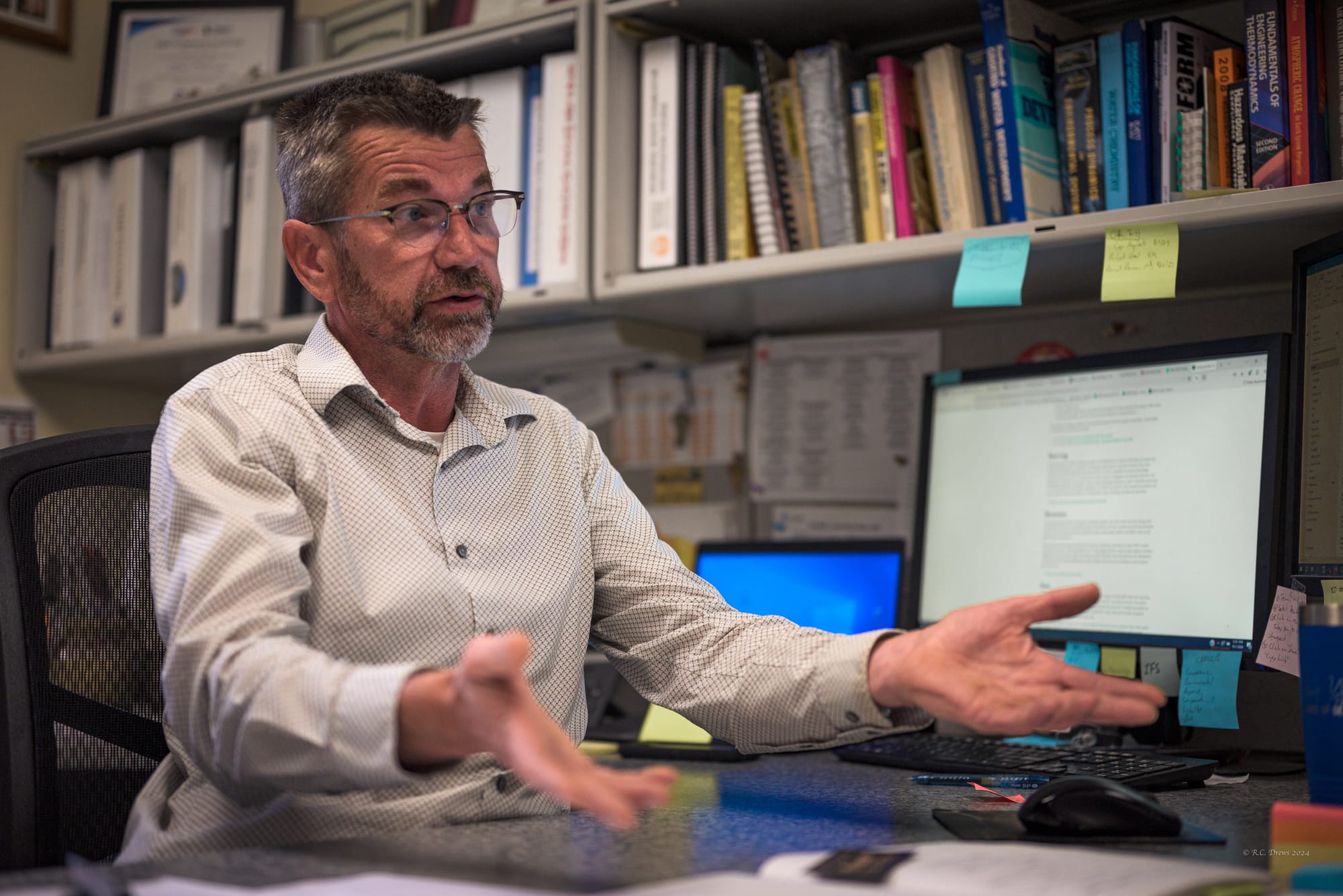
As much as people want to believe that, he said it’s often not true.
“This is my own philosophy, but typically doing the right thing is more expensive. The public likes to hear ‘Hey, we’ve discovered a way to do something cheaper, and it’s the better way to do it.’ Sometimes that happens,” he said, “but normally doing the right thing is harder.”
Recycling tips:
- Place caps on recyclable plastics so they can get baled and recycled.
- Remove caps on glass containers.
- Check with your local recycling center to see what items are accepted, and follow the rules. Avoid wishcycling. A worker has to fix your mistake.
- Avoid black plastic containers. They are not easy to recycle because the optical sorters at large recycling facilities do not recognize them.
This story was edited and fact-checked by Nora Hertel.
